In my previous post, What's New for Marketers in Sitecore 9, I provided a quick overview of the new features in Sitecore 9 and 9.1 that are most relevant for marketers. In this post I'll examine the new Sitecore Forms in more detail.
Before Sitecore 9, Web Forms for Marketers (WFFM) is used to build rich interactive forms. The new Sitecore Forms tool available in the Sitecore Experience Platform 9.0 Initial Release, offers a completely redesigned UX that strongly focuses on the business user.
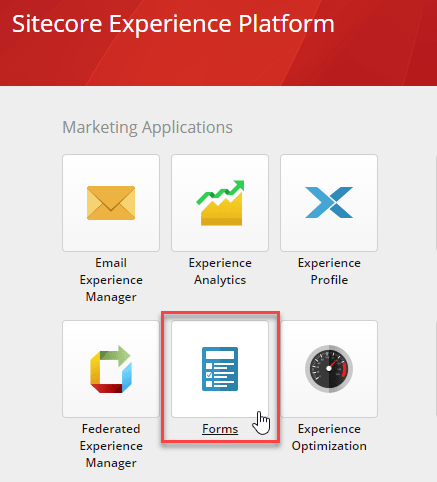
Forms link on Sitecore's Dashboard
What makes Sitecore Forms great compared to WFFM is its drag-and-drop approach. It is really easy to drag items from the Form Elements pane onto your form. You can also create sections, define multi-page forms, reorder fields, set validation, apply styling, and more from the user-friendly interface. Another benefit is the ability to create forms from existing templates, save forms as templates, and export the form submission data for offline viewing or for further data manipulation.
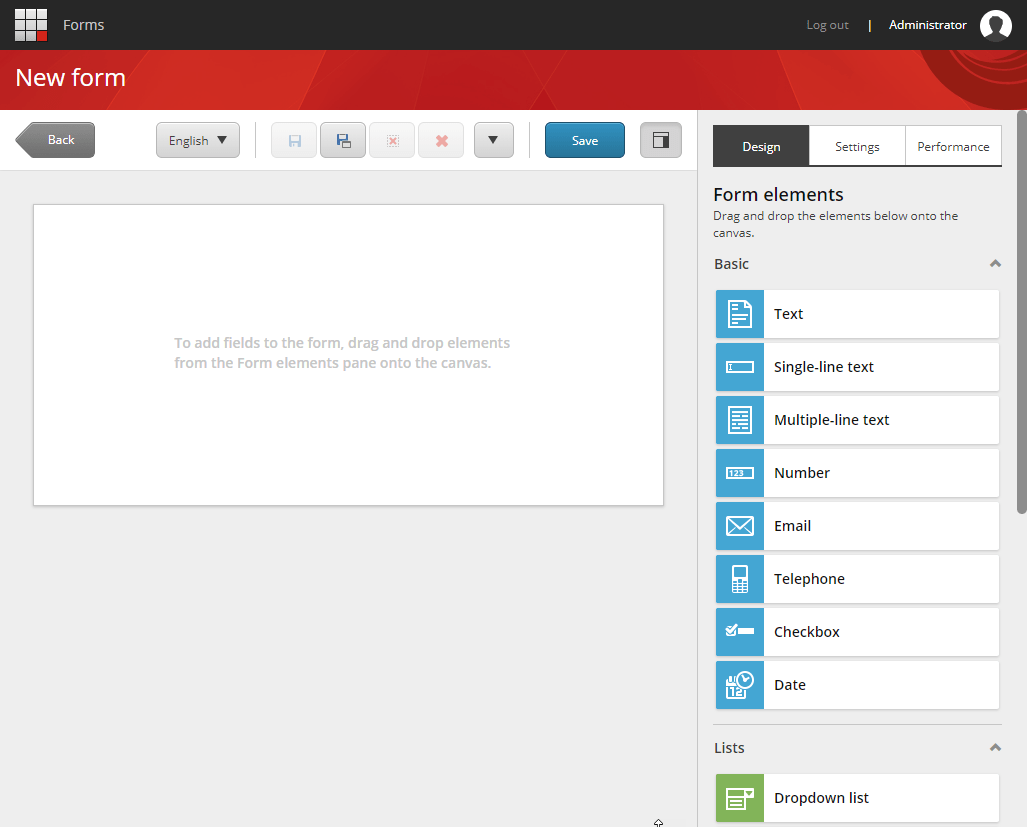
Sitecore Forms Designer interface
Although Sitecore Forms is a step forward in terms of usability compared to WFFM, you should review the features required on your forms before making the decision to switch.
Sitecore Forms and WFFM both have similar field types available out-of-the-box. However, Sitecore Forms is missing some field types such as: CAPTCHA, Credit Card, and File Upload. Developers can add field types that are not available out of the box by implementing a custom form element. On the other hand, Sitecore Forms allows marketers to separate fields on multiple pages, a feature that isn't available on WFFM.
In WFFM you can set a custom error message per field in the Form Designer, while in Sitecore Forms you don’t have the option to customize error messages.
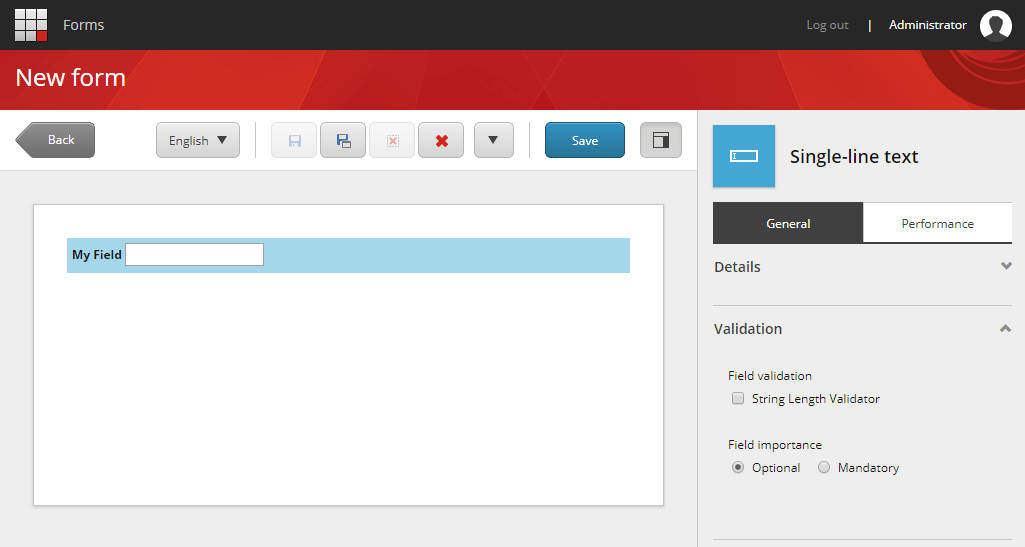
Sitecore Forms Validation options
Form verification is a feature available in WFFM that you use to verify the information when the form is submitted. If form verification fails, the visitor is returned to the form, and an error message is displayed. For example, you can check if the user is authenticated or if he is a member of a given role. This feature is not available in Sitecore Forms.
WFFM comes with sixteen Save Actions out-of-the-box and you can find additional Save Actions in the Sitecore Marketplace. In Sitecore Forms you have only six Submit Actions out-of-the-box, but developers can implement additional custom Submit Actions.
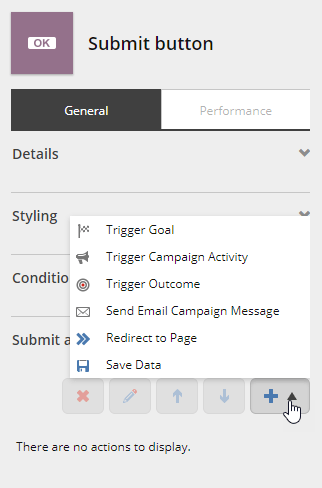
Sitecore Forms Submit actions
The WFFM module comes with a Rules Engine for each field that allows you to influence that particular field. For example, you could pre-fill a form field with a value from the user’s profile. This feature is not available in Sitecore Forms, although it is possible to specify conditions to manipulate field properties such as display, enabling, or link.
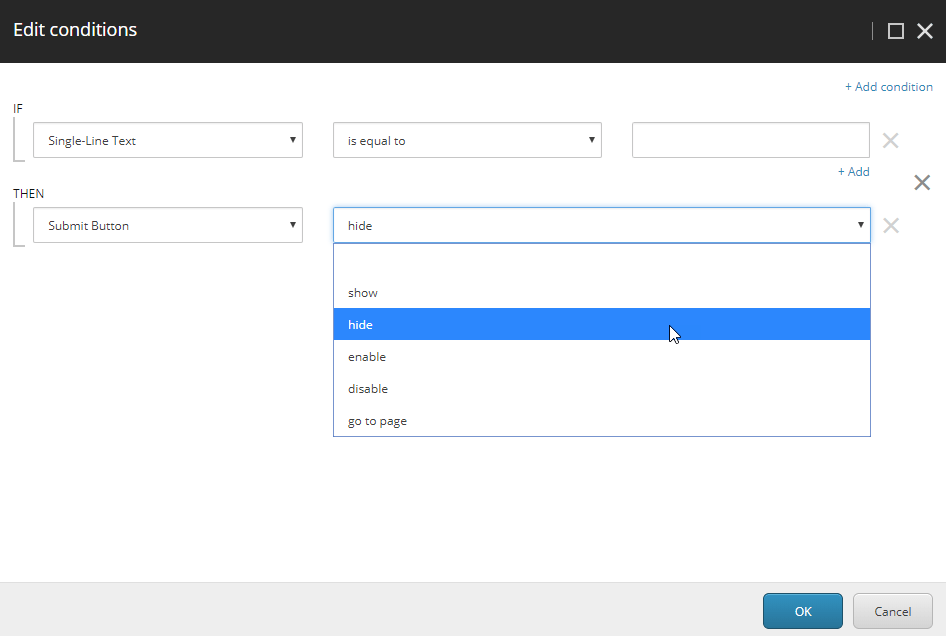
Sitecore Forms Conditions
From a technical point of view, the future of Sitecore is .NET Core and that will not support WebForms, only MVC. Sitecore Forms will replace WFFM eventually, although at this time there is a version of WFFM for Sitecore 9, so you can still choose the solution that better fits your business needs.
For more on Sitecore 9's features for marketers, see my previous post: What's New for Marketers in Sitecore 9?


